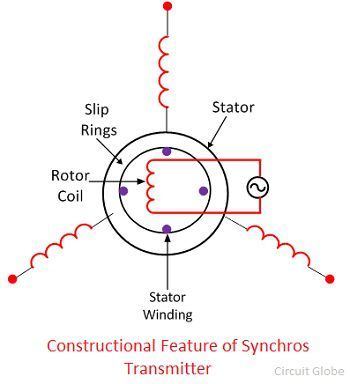

Output: electrical output from stator identifying the rotor position supplied to a torque receiver, torque differential transmitter or a torque differential receiver. They are as follows: Torque transmitter (TX) Input: rotor positioned mechanically or manually by the information to be transmitted. Synchro functional categoriesĪ synchro will fall into one of eight functional categories. Some torque units can be used as control units, but control units cannot replace torque units. Individual units are designed for use in either torque or control systems. Quite often, one system will perform both torque and control functions. In simpler terms, a control synchro system is a system in which the transmitted signal controls a source of power which does the usable work. Control type synchros are used in applications that require large torques or high accuracy such as follow-up links and error detectors in servo, automatic control systems (such as an autopilot system). In a control system, a synchro will provide a voltage for conversion to torque through an amplifier and a servomotor. In such a system, accuracy on the order of one degree is attainable. In simpler terms, a torque synchro system is a system in which the transmitted signal does the usable work. In a torque system, a synchro will provide a low-power mechanical output sufficient to position an indicating device, actuate a sensitive switch or move light loads without power amplification. There are two types of synchro systems: torque systems and control systems. Large synchros were used on naval warships, such as destroyers, to operate the steering gear from the wheel on the bridge. Selsyn motors were widely used in motion picture equipment to synchronize movie cameras and sound recording equipment, before the advent of crystal oscillators and microelectronics. Digital devices such as the rotary encoder have replaced synchros in most other applications. Smaller synchros are still used to remotely drive indicator gauges and as rotary position sensors for aircraft control surfaces, where the reliability of these rugged devices is needed. Early systems just moved indicator dials, but with the advent of the amplidyne, as well as motor-driven high-powered hydraulic servos, the fire control system could directly control the positions of heavy guns.


View onto the connection description of a synchro transmitterįire-control system designs developed during World War II used synchros extensively, to transmit angular information from guns and sights to an analog fire control computer, and to transmit the desired gun position back to the gun location.


 0 kommentar(er)
0 kommentar(er)
